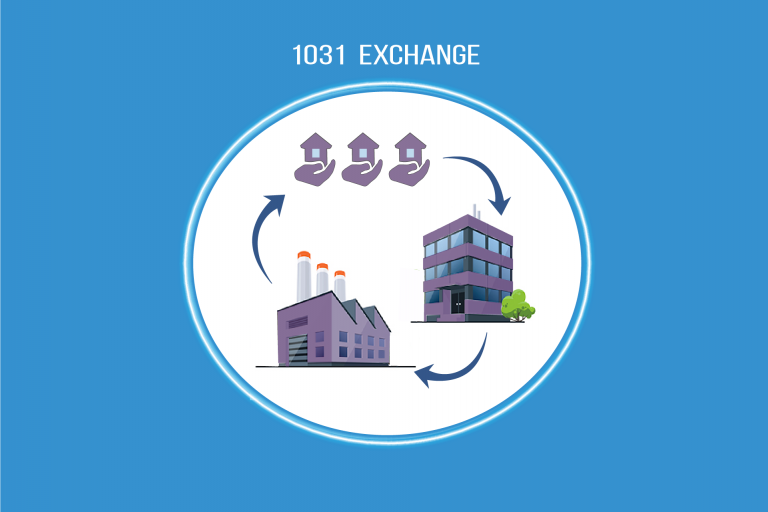
These Are the Only 1031 Exchange Rules You Need for 2023
Performing a 1031 exchange can be pretty confusing. To help you out I compiled everything in one short article.
By the time you read to the end you’ll be an expert at 1031 exchanges.
Like-kind property: To qualify for a 1031 exchange, both the original property and the replacement property must be of like-kind. This means that the properties must be of a similar nature or character. For example, a rental property can be exchanged for another rental property, or a commercial property can be exchanged for another commercial property. However, you cannot exchange a rental property for a personal residence.
Investment or business property only: The property being exchanged must be held for investment or business use. This means that the property cannot be used for personal use, such as a primary residence. Additionally, the exchange must be done between two parties who are using the property for investment or business purposes.
No “boot”: The exchange must not involve any cash or other property received. If you receive cash or other property as part of the exchange, it is called “boot”. Boot can trigger taxes on the exchange. For example, if you exchange a property for another property worth less than the original, and you receive cash to make up the difference, the cash is considered boot, and you may owe taxes on the boot amount.
Replacement property should be of equal or greater value: The value of the replacement property must be equal to or greater than the value of the original property. Any cash or other property received as part of the exchange can be used to make up the difference in value, but this could trigger taxes as mentioned above.
5. Must involve the same taxpayer: The exchange must involve the same taxpayer, meaning that the person who sold the original property must be the one to purchase the replacement property. This means that you cannot exchange a property and then have someone else purchase the replacement property on your behalf.
6. 45-day identification window: The potential replacement properties must be identified within 45 days of selling the original property. The IRS has three identification rules that you can follow to identify potential replacement properties:
The three-property rule: You can identify up to three potential replacement properties of any value.
The 200% rule: You can identify any number of replacement properties, but their total value cannot exceed 200% of the value of the property being sold.
The 95% exception: You can identify any number of replacement properties, but you must acquire 95% of their value.
7. 180-day purchase window: The replacement property must be purchased within 180 days of selling the original property or by the due date of your tax return for the year in which the original property was sold, whichever comes first. This means that you have 180 days to close on the purchase of the replacement property after the sale of the original property.
